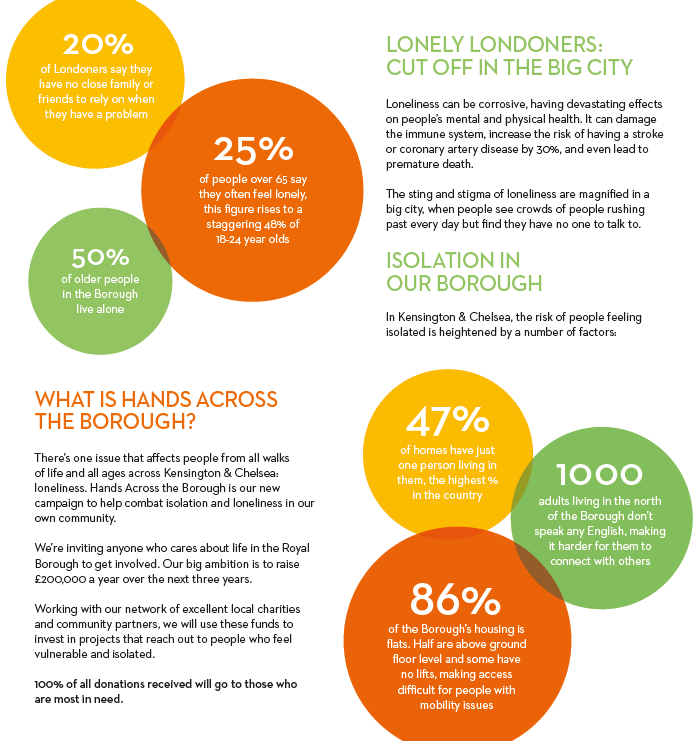How to become a charity copywriter

The other day, someone asked for my advice on how to become a charity copywriter. That inspired me to write this blog. So thanks for your question, Martha! Here are a few ideas to help you get into writing for charities as a freelancer.
Narrow down the field
First of all, ask yourself what kind of charity you want to work for. In the UK, we’re awash with charities. According to the latest figures from the Charity Commission, there were over 155,000 registered charities in the UK in 2016, including everything from huge household names to tiny charities supporting local hospices or theatre companies.
See this useful Guardian list of Britain’s top 1,000 charities ranked by donations if you need inspiration. As the article points out, certain types of charities stand out on the list:
- Health charities such as Cancer Research UK and MacMillan
- Global development groups including Save the Children, Oxfam and the British Red Cross
- Animal charities such as the RSPCA and the RSPB.

When I was a child, my grandma took me to see the donkeys at Weston-super-Mare. Now I write fundraising copy for The Brooke, the worldwide animal charity. (I added extra reins to the postcard.)
If you can pinpoint the type of charity or the area where you’d like to work, it will give you a good starting point and help you focus. For example, if you already know that gender and education are your target areas, you can start to build up a list of charities that work in those fields. From there, you can narrow the list down to specific charities, including some that would be dream clients and others that could give you invaluable experience in the meantime.
Decide what you have to offer
Even if you currently have no experience as a charity copywriter, you will be able to draw on different strands from your life to demonstrate your commitment to charity work. Which charities do you currently support and why? What are you passionate about? What charity events have you participated in? Is there any volunteering or charity work that you can mention?
Think about your experience from a charity’s perspective and see how you can add useful skills to your freelance cv. Say, for example, you’ve been volunteering at the weekends for a city farm. As well as getting on first name terms with glorious goats and piglets, you will have gained important insights into the way the organisation is run, working as part of a team and the social and environmental benefits of the charity.

The Kensington & Chelsea Foundation asked me to write a leaflet to promote their Hands across the Borough campaign against loneliness
Build your portfolio
Next you have to get around the classic chicken and egg problem. You want to write for charities, but you have no relevant work in your portfolio. And without relevant work in your portfolio, charities will be reluctant to hire you.
You need to get some work examples and you need them fast. But how? Well, you might need to accept that you’ll have to do some free work in exchange for someone taking a risk on an unknown writer. So you could go to a local charity and offer to write a poster / flyer / email / letter / press release / blog post about an upcoming event. Choose a charity that you already support or where you know some of the people involved, so you’re likely to get a warm reception.
Volunteer for a charity
Another option is to volunteer for a charity on a regular basis. This can be rewarding on so many levels. You’ll be doing something useful for a cause that you believe in, gaining charity marketing skills, building your portfolio and meeting people who might be able to give you paid work in future.
A few years ago, I decided to volunteer for Freedom From Torture, a charity that works with survivors of torture. I’ve supported the charity for many years and wanted to give some of my time to the cause.

While I was volunteering at Freedom From Torture, I wrote a radio fundraising script for John McCarthy
I didn’t volunteer because I wanted to build my portfolio of charity writing, but that was the result. I worked in the fundraising department one afternoon a week for around 18 months. While I was there, I interviewed clients of the charity to appear in ‘cases for support’, and wrote web articles, case studies and even the script for a Radio 4 fundraising appeal.
Another unexpected benefit was building up a fantastic network of fundraisers. People in the charity sector tend to change job quite frequently. So when people moved from Freedom From Torture to Battersea Dogs and Cats Home and The Brooke, they called me in to work with them on their new fundraising projects.
Plug yourself into the charity world
You may be an amazing freelance copywriter, but that counts for nothing if the people who might be able to hire you don’t know who you are. So you need to make connections. I’d suggest approaching this from a variety of different angles. For example:
- Follow charity copywriters on social media and get involved with their conversations. Your aim at this point is to be friendly and engaging, without directly asking for work. Look for details they share of charity networking events and go along to them. Introduce yourself and have a short elevator pitch ready to explain your experience, who you want to work with and what you have to offer.
- Network with fellow copywriters, ideally in real life, at events run by 26 and the Professional Copywriters’ Association. If you’re feeling flush, go to copywriting conferences like Copy Cabana. Follow @VikkiRossWrites on Twitter and turn up to the #copywritersunite pub chats she organises. Sound out the copywriters you meet about charity clients. Can they put you in touch with charity copywriters who might need help? Do they know people at agencies who want charity copywriters?
- Get in touch with agencies who work with charities. Well, that doesn’t really narrow it down, because most agencies work with charities, often on projects that are high on creativity but low on pay. Instead, you need to find agencies that have charities as their bread and butter work. While you’re at those copywriting networking events, ask other copywriters to recommend agencies that they rate.
- Network with people who are employed by charities. Google ‘charity networking events’ and you’ll discover news of meetings happening all across the UK. Given the sheer number of events on offer, it makes sense to concentrate on your specific target areas. So, for example, add ‘gender’ or ‘education’ to your search to deliver more relevant, focused results.
Fling up a website
If you want to look professional and get charities to take you seriously, you need a website. When you’ve earned some money, you can hire a designer to create something beautiful and bespoke for you. In the meantime, get yourself a website from Wix or Squarespace so that people in charities can see what you have to offer.
The essentials are:
- An intro saying what kind of work you’re looking for
- A headshot
- Your bio, highlighting your charity experience
- Information about the skills you have to offer
- Social media links
- Contact details.
Also think about adding:
- A blog to showcase some of your volunteering or charity experiences e.g. how you came up with the flyer for your friend’s charity or what you learned while you were volunteering at that city farm.
- Testimonials from previous employers or volunteering managers, saying what they value about the way you work.
Get some ideas on what to include in your website from my LinkedIn post on 3 things every copywriter’s website should do.
What do you think?
There’s so much to say on this topic, but what do you think is important? Do you have any tips on how to break into charity copywriting? Please add your thoughts here or get in touch at fiona@wordspring.co.uk
Also:
- Want to make an impact with charity copywriting? Read this blog from Russ Hope of Quiet Room.
- Discover what happened when I played the harp at Battersea Dogs and Cats Home.
- Read about my work with charities.